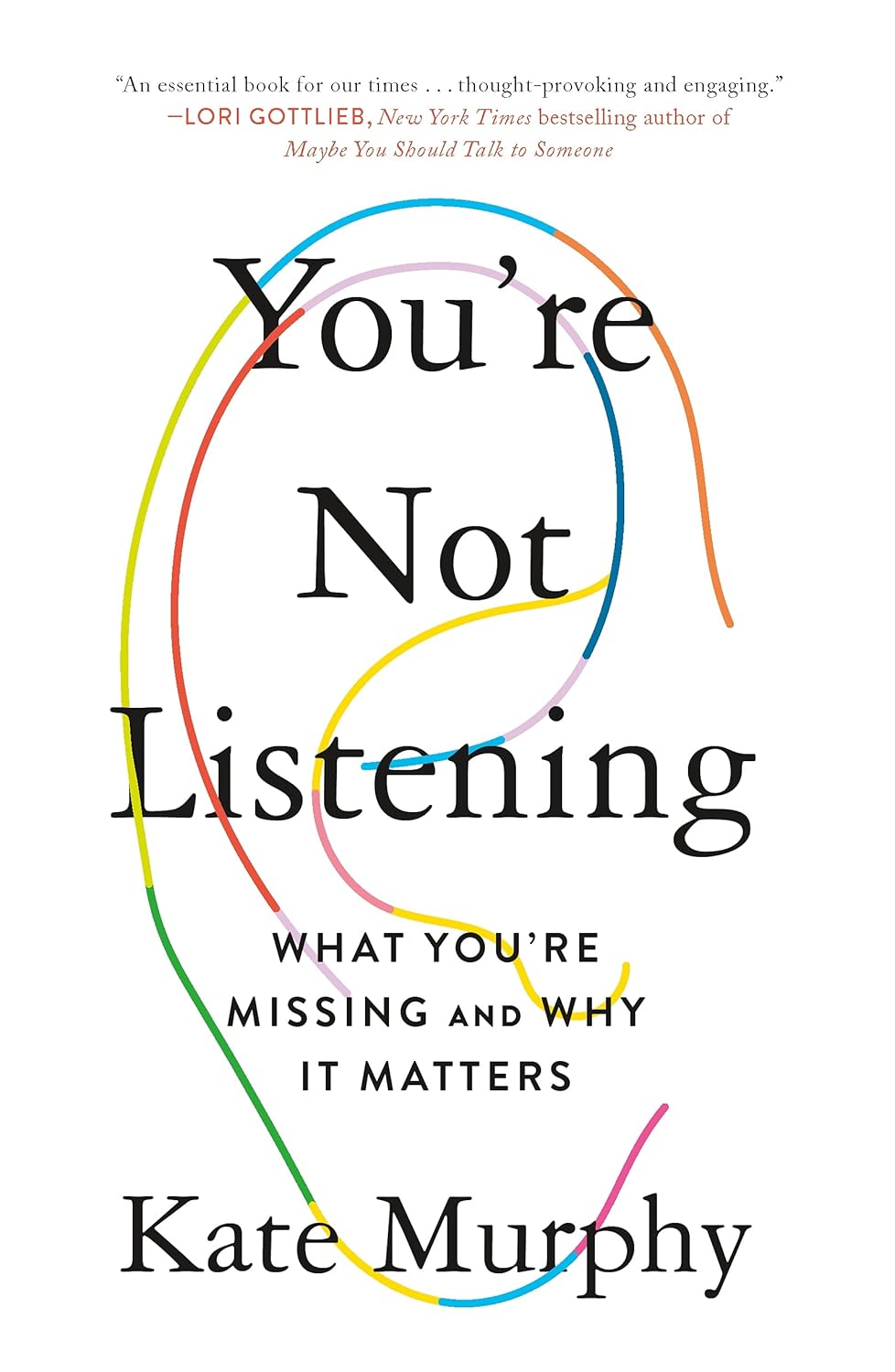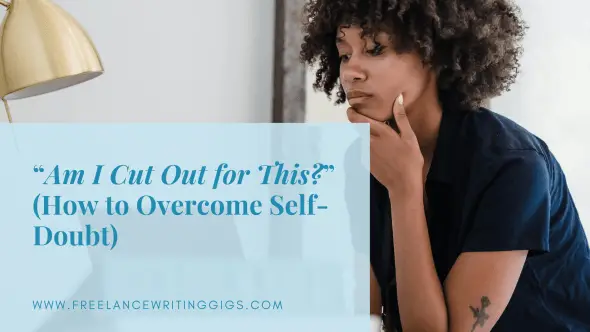Is there any such thing as a safe investment?
The elders in my family were big on safe investments. Growing up in the 1980s, I can recall receiving savings bonds as birthday gifts from far-flung aunts and grandmothers. Though these bonds were disappointing presents for any 8-year-old hoping for the latest Skeletor action figure, my parents assured me I would be grateful when I was older. My white-haired relatives had no understanding of the ongoing battle for Eternia’s future, but they consistently invested money for mine. In 1997, just before I left for college, I took nearly two decades’ worth of these savings bond gifts to my bank. The face values added up to no more than $1,000 total. I redeemed my savings bonds for an amount closer to $2,000. I walked out of the bank feeling like I had the Power of Grayskull. The little old ladies in my family were onto something with those second-rate birthday gifts (that came with principal protection and a decent return). I wondered if I should listen when these wise elders also advised me to put my money in other “safe” investments, like real estate, gold, and annuities. But as smart as my aunts and grandmothers were, the past 30 years has me wondering if there is such a thing as a safe investment. Here’s what I’ve come to understand about the low-risk investments that are traditionally considered safe. Real estate In the mid-2000s, the accepted wisdom about real estate was that home values could only go up and an upside-down mortgage was an economic impossibility. Which explains why banks were throwing bags of money at anyone with real estate dreams and a verifiable pulse. Back then, I was still teaching high school English and not paying close attention to financial or housing news—but the explosion of house-flipping reality TV weirded me out. Many of these shows documented photogenic amateurs overleveraging their finances and DIY skills to remodel cheap homes for a quick profit. Considering how common these shows were, and how incompetent many of the flippers were, it struck me that the demand for housing couldn’t possibly remain high enough to keep up with this kind of supply. Unfortunately, by 2008 the housing bubble had burst. Apparently, real estate values can go down and a borrower can be upside down in a mortgage. The subsequent great recession was a painful reminder that real estate isn’t a straightforward path to generational wealth, no matter what the “Welcome to the American Dream” brochure may say. The risky fine print When your grandmother suggested that buying a house was a smart and safe investment, she wasn’t thinking about you taking out an adjustable rate mortgage to purchase a foreclosed fixer-upper to renovate and sell in less than six months. For the majority of real estate investors (i.e., homeowners) buying a house is more about securing shelter than investing money for a future financial payout. That’s what Nana meant when she called buying a house a smart investment. Becoming a homeowner will not only provide you and your family with something you need, but your home will also appreciate in value over time—as measured, traditionally, in years or decades rather than months or quarters. But if you’re counting on turning a quick profit, you may be in for a rude awakening—just ask any real estate developer. The safety of such a real estate investment is the fact that you build equity and value as the years pass in your home. Gold Humans have prized gold for its beauty and malleability for millennia. We have adorned ourselves and our homes with golden decorations for at least the past 6,000 years, and we began using gold as currency about 1,500 years ago. Since gold resists corrosion and oxidation, it’s an ideal medium for currency, since it holds its value better than a metal that rusts, corrodes, or becomes hollowed out in a can of Coke (allegedly). But gold doesn’t just hold its value over time. Between our collective fascination with its glitter and the durability of this malleable metal, the value of gold has generally risen over time. Typically, the price of gold spikes during periods of economic or political uncertainty. Investors appreciate the tangible confidence of an investment in gold, especially if they have just experienced major losses in the market. The risky fine print It’s unlikely that the relationship between humanity and gold will go away anytime soon. So buying gold probably isn’t a bad idea. But that doesn’t mean it should be the cornerstone of anyone’s investment strategy. For example, in the past 30 years, the S&P 500 has averaged a 10.29% compound annual growth rate, while gold’s spot price has a 6.97% compound annual growth rate. Just under 7% compound annual growth is certainly not nothing, but gold experienced negative growth for 11 of the 30 years, compared to only six for the S&P 500. Ultimately, gold was more volatile. In addition, scammers often prey on investors hoping to put their money into saf

The elders in my family were big on safe investments. Growing up in the 1980s, I can recall receiving savings bonds as birthday gifts from far-flung aunts and grandmothers. Though these bonds were disappointing presents for any 8-year-old hoping for the latest Skeletor action figure, my parents assured me I would be grateful when I was older. My white-haired relatives had no understanding of the ongoing battle for Eternia’s future, but they consistently invested money for mine.
In 1997, just before I left for college, I took nearly two decades’ worth of these savings bond gifts to my bank. The face values added up to no more than $1,000 total. I redeemed my savings bonds for an amount closer to $2,000. I walked out of the bank feeling like I had the Power of Grayskull.
The little old ladies in my family were onto something with those second-rate birthday gifts (that came with principal protection and a decent return). I wondered if I should listen when these wise elders also advised me to put my money in other “safe” investments, like real estate, gold, and annuities.
But as smart as my aunts and grandmothers were, the past 30 years has me wondering if there is such a thing as a safe investment. Here’s what I’ve come to understand about the low-risk investments that are traditionally considered safe.
Real estate
In the mid-2000s, the accepted wisdom about real estate was that home values could only go up and an upside-down mortgage was an economic impossibility. Which explains why banks were throwing bags of money at anyone with real estate dreams and a verifiable pulse.
Back then, I was still teaching high school English and not paying close attention to financial or housing news—but the explosion of house-flipping reality TV weirded me out.
Many of these shows documented photogenic amateurs overleveraging their finances and DIY skills to remodel cheap homes for a quick profit. Considering how common these shows were, and how incompetent many of the flippers were, it struck me that the demand for housing couldn’t possibly remain high enough to keep up with this kind of supply.
Unfortunately, by 2008 the housing bubble had burst. Apparently, real estate values can go down and a borrower can be upside down in a mortgage.
The subsequent great recession was a painful reminder that real estate isn’t a straightforward path to generational wealth, no matter what the “Welcome to the American Dream” brochure may say.
The risky fine print
When your grandmother suggested that buying a house was a smart and safe investment, she wasn’t thinking about you taking out an adjustable rate mortgage to purchase a foreclosed fixer-upper to renovate and sell in less than six months.
For the majority of real estate investors (i.e., homeowners) buying a house is more about securing shelter than investing money for a future financial payout. That’s what Nana meant when she called buying a house a smart investment. Becoming a homeowner will not only provide you and your family with something you need, but your home will also appreciate in value over time—as measured, traditionally, in years or decades rather than months or quarters.
But if you’re counting on turning a quick profit, you may be in for a rude awakening—just ask any real estate developer. The safety of such a real estate investment is the fact that you build equity and value as the years pass in your home.
Gold
Humans have prized gold for its beauty and malleability for millennia. We have adorned ourselves and our homes with golden decorations for at least the past 6,000 years, and we began using gold as currency about 1,500 years ago. Since gold resists corrosion and oxidation, it’s an ideal medium for currency, since it holds its value better than a metal that rusts, corrodes, or becomes hollowed out in a can of Coke (allegedly).
But gold doesn’t just hold its value over time. Between our collective fascination with its glitter and the durability of this malleable metal, the value of gold has generally risen over time. Typically, the price of gold spikes during periods of economic or political uncertainty. Investors appreciate the tangible confidence of an investment in gold, especially if they have just experienced major losses in the market.
The risky fine print
It’s unlikely that the relationship between humanity and gold will go away anytime soon. So buying gold probably isn’t a bad idea. But that doesn’t mean it should be the cornerstone of anyone’s investment strategy.
For example, in the past 30 years, the S&P 500 has averaged a 10.29% compound annual growth rate, while gold’s spot price has a 6.97% compound annual growth rate. Just under 7% compound annual growth is certainly not nothing, but gold experienced negative growth for 11 of the 30 years, compared to only six for the S&P 500. Ultimately, gold was more volatile.
In addition, scammers often prey on investors hoping to put their money into safe investments like gold. While a legitimate investment in gold may be a prudent investing decision, treating all gold investments as “safe” could leave you vulnerable to fraud.
It may be easier to think of gold as “safe” in the same way that cash can be safe. In some situations, it’s helpful and prudent to have, but in others, it can cost you.
Annuities
Before I started writing about money, I associated annuities with people who knit. That’s because the only people who ever seemed to discuss them were friends of Miss Marple in Agatha Christie mysteries and my elderly relatives.
Of course, once I became a financial journalist, I learned that an annuity is an insurance contract and that knitting is rarely required. Typically, you’ll pay the insurance company either through a series of payments or via a lump sum, and they’ll give you monthly payments for a specific period of time, death benefits, and tax-free growth on your investment. Annuities may offer fixed interest rates, variable interest rates, or rates tied to a specific stock market index.
Since you purchase an annuity through an insurance company, the safety of your money is ensured by the company’s financial rating. The annuity will also do the hard work of budgeting your money for you, sending you monthly payments that re-create the experience of having a salary postretirement. That makes it a safe and smart way to offload your financial chores to the insurance company.
The risky fine print
Of course, annuities aren’t all yarn balls and tea cozies. To start, since annuities are an insurance product, they may be sold by high-pressure insurance agents who want a commission and don’t care if the annuity fits your needs.
Additionally, while some annuities are straightforward and easy-to-understand products, there are a number of much more complex annuities that may not be clear at first glance. It’s important to make sure you understand exactly what product you’re getting, what it is supposed to do to help you reach your goals, why the insurer thinks it fits your needs, how it works, when it will begin to pay out, what fees it may have, etc.
Finally, the biggest risk to annuities is the fact that your money is tied up in the annuity. If you want to withdraw funds early, you will have to pay a surrender charge, which can be as high as 7% of the amount you withdraw.
Understanding the meaning of “safe”
Sometimes, the wisdom of our elders gets lost in translation.
When Nana sent savings bonds instead of Battle Armor He-Man, she was giving a gift for your future self to appreciate.
When she told you real estate was a good investment, she was encouraging you to settle down—and enjoy the side benefit of your money growing.
When she shared how her own grandmother sewed family gold into her petticoat and used it to barter her way to America, she was teaching you how to protect yourself in a chaotic world.
When she crowed about her annuity, she wanted you to know there are ways to relieve yourself of the work you hate doing without giving up anything you need.
When you understand what someone means when they call an investment safe—especially when it’s someone as wise as one of your family elders—then you can recognize how to take their advice and avoid the unnecessary risk.

































































![https //g.co/recover for help [1-866-719-1006]](https://newsquo.com/uploads/images/202506/image_430x256_684949454da3e.jpg)






















![How Smart PMs Scale Their Careers in Any Org [TPG Live Recap]](https://tpgblog.com/wp-content/uploads/2025/06/2025-06-12-thumbnail-action.png?#)




















































